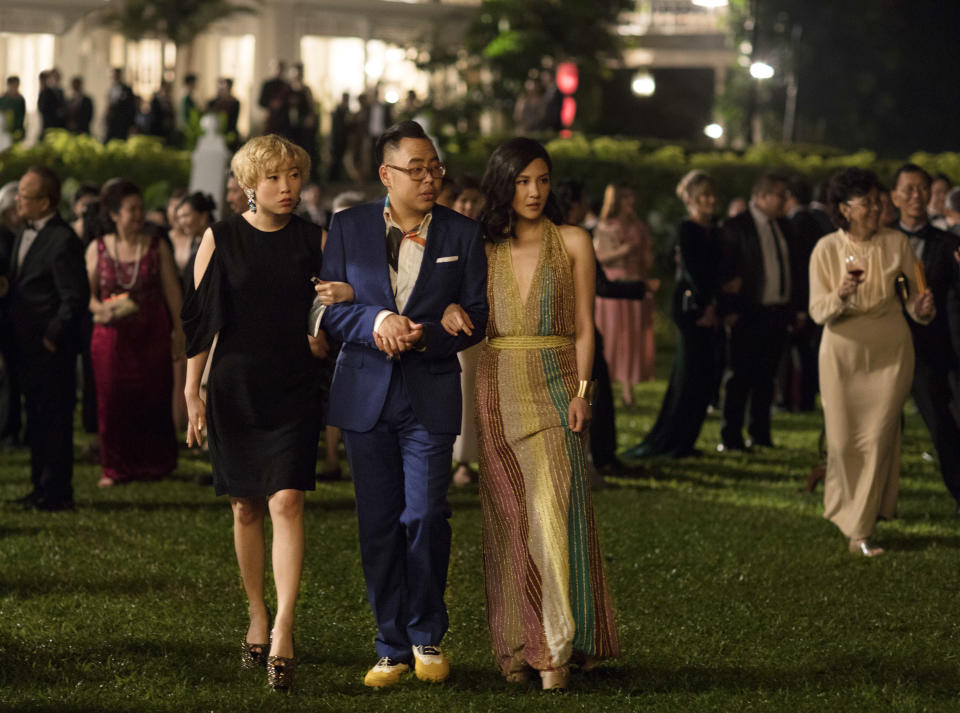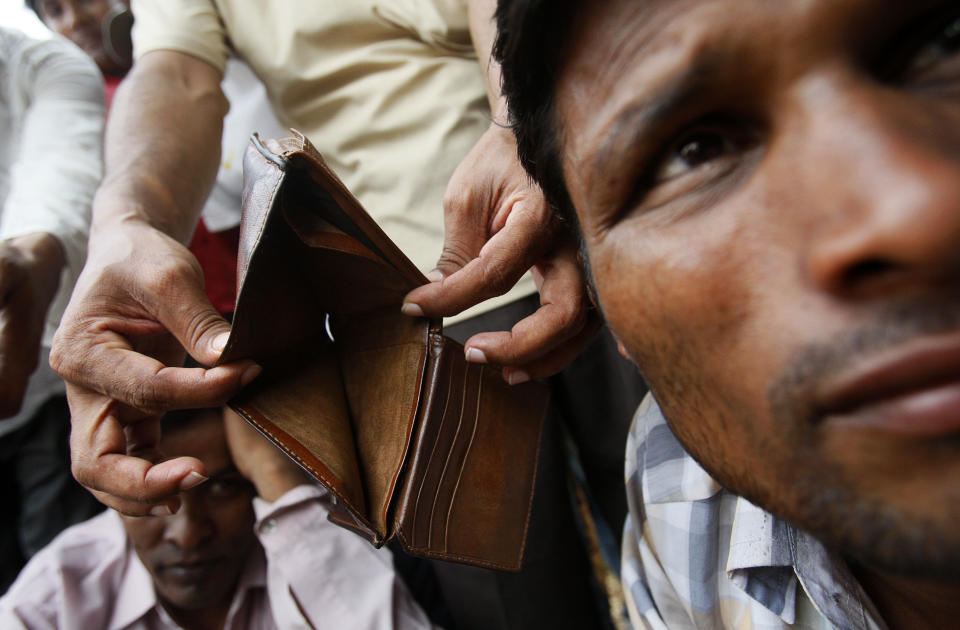Political scientist: 'Crazy Rich Asians' represents 'the worst of Singapore'
“Crazy Rich Asians” isn’t necessarily great PR for Singapore.
“[The film] represents the worst of Singapore,” Ian Chong, a political scientist at the National University of Singapore, said after seeing the trailer. “Erases minorities. Erases the poor and marginalized. All you get are rich, privileged ethnic Chinese.”
Singapore is around 75% Chinese, according to 2017 estimates. And while the movie’s entire cast is Asian, they’re mostly Chinese. The movie, which is based on a book by Kevin Kwan, spends little time on the other 25%: Malays (15%), Indians (7%), and other minority races.
“I get that the movie isn’t all about Singapore, and that some may find it entertaining,” Chong told Yahoo Finance. “That said, I think that the context of the movie (and the book) presents Singapore in a one-dimensional manner. In exoticizing Singapore, the story flattens out Singapore society and writes minorities out.”

The book focuses on how a female American-Chinese character travels to Singapore with her Singaporean-Chinese boyfriend for a wedding and meets his rich “old money” Cantonese family, only to face his mother’s (and her circle’s) disapproval.
And given that the movie introduces Singapore to a global audience, some familiar with the country wonder why there is little effort made to make the movie more reflective of the real Singapore.
“Everyone else is told you have to care, even though we are not represented, we can’t see ourselves,” Sangeetha Thanapal, an activist against racism facing Singapore’s Indian, Malay, and other minority communities, told the AP. “You set a movie in Singapore and the only people in it are Chinese and you consider that representation? That is the problem — it’s because you don’t understand the dynamics,” Thanapal said. “When people say that is the world of Singapore, they’re saying that minorities don’t exist.”

In “Crazy Rich Asians,” the only minority actors — beside the main character’s mother, played by Malaysian actress Michelle Yeoh — were predominantly security guards or servants. So while the movie is the first studio film in the 21st century starring an Asian and Asian-American cast in a contemporary setting, it’s more accurate to say that the movie represents the Chinese community.
Crazy Rich Asians is set in Singapore and yet there’s not a single south Asian member on the cast. Huge fan of Constance Wu and love when ANY Asians are represented but it’s so wrong given Singapore’s demographics. To paint an exclusively East Asian cast as representative of…
— neil gunnion (@neilgofficial) August 2, 2018
Genuinely excited to see Crazy Rich Asians. But my issue with it (as well as the book) is that it’s a paltry reflection on multicultural Singapore. Malay & Indian communities are entirely scrubbed out of view and S’pore’s problematic Chinese-maj worldview is reinforced. https://t.co/yQuOih0spd
— Tara John (@tarajohn) August 15, 2018
Racism in Singapore
Consequently, the film adds more irritation to the minorities who have already experienced decades of racism in many aspects of their life as the country became predominantly Chinese.
For example, in the rental market, Indians have found it difficult to find properties because of landlords discriminating against them.
In the job market, Chinese have for a long time preferred their own over other minorities, specifying it clearly on job listings — to the extent that even if a member from the minority races spoke Chinese, they would get turned away.

And the classic example of intolerance occurred in 2011 when a new migrant family from China complained about a Singaporean-Indian family because they couldn’t tolerate the smell of their curry. (The Indian family ended up settling to cook only when they were out.)
While the film is no doubt a step in the right direction toward the representation of the Asian community overall, there is a clear lack of minorities — even in cameo roles — for a movie about Asians in Singapore.
“How I look at the movie and the story on which it is based parallels the concerns some in the US express about Hollywood making movies that write out minorities, making it all about white people,” Chong said. “That does not even get into issues of class.
“Even while people watch the movie, I hope these nuances are not forgotten in the public mind — even though I doubt this will happen.”
Aarthi is a graduate journalism student at New York University. She is Singaporean. Follow her on Twitter.
Related:

 Yahoo Finance
Yahoo Finance 